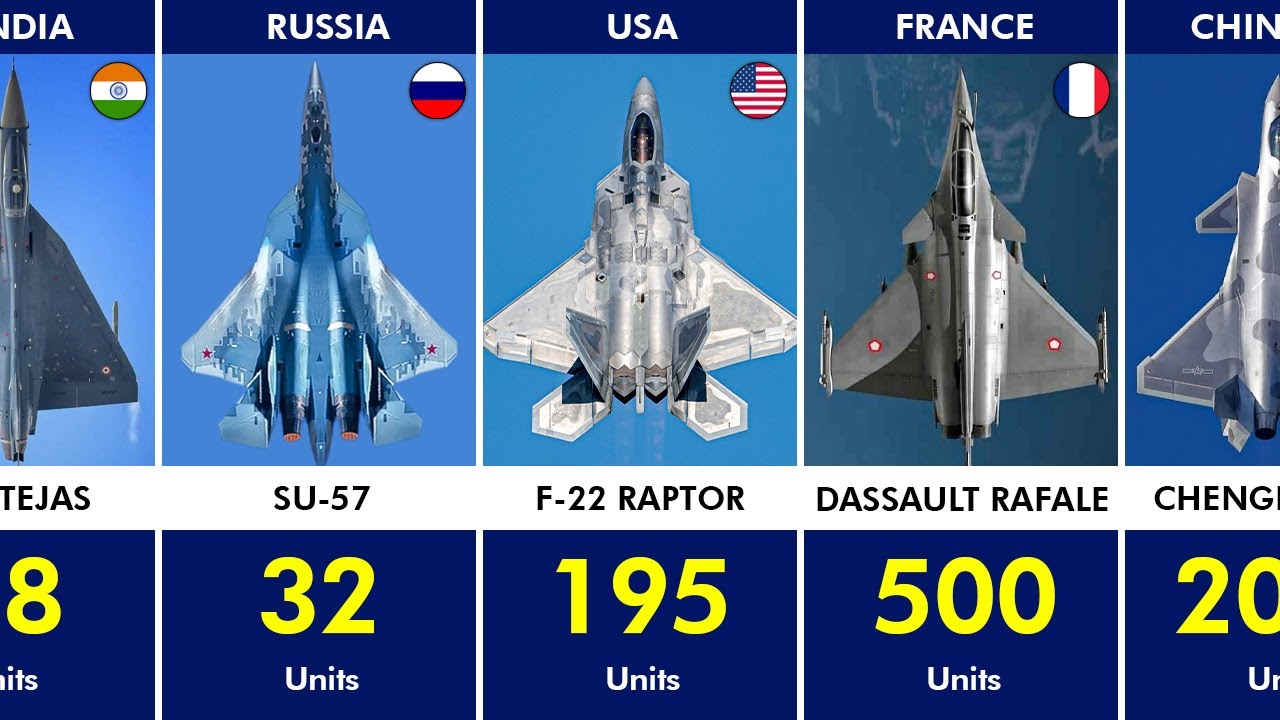Throughout the history of military aviation, a select few fighter jets have not only shaped wars but also dominated production lines. These aircraft earned their place in history not just for performance or innovation, but because they were built in staggering numbers—serving across continents, conflicts, and decades.

At the top of the list is the legendary MiG-21, a Soviet-era interceptor with over 11,000 units built. Designed for simplicity, speed, and affordability, the MiG-21 was exported to more than 60 countries and saw action in dozens of conflicts during the Cold War and beyond. Its global reach and longevity make it the most produced supersonic jet fighter in history.
In second place stands the iconic F-16 Fighting Falcon, with over 4,600 units built since its introduction in the 1970s. Still in production today, the F-16 has proven adaptable, with dozens of upgrades and users worldwide. Its combination of agility, multirole capability, and cost-effectiveness has made it a backbone of many air forces—including the United States, Israel, and Taiwan.
Other high-volume fighters include the F-4 Phantom II with around 5,200 units, widely used during the Vietnam War and by NATO allies during the Cold War, and the F-86 Sabre, America’s first swept-wing jet fighter, with more than 9,800 units produced across various versions. Each of these aircraft left a lasting legacy in both air combat and aircraft design.
These production numbers reflect more than industrial achievement—they signal the geopolitical influence and military doctrine of their time. Whether designed for mass deployment during global tensions or refined for long-term utility, these fighters became air𝐛𝐨𝐫𝐧e icons. As drone warfare rises and stealth jets dominate headlines, these heavily built classics remain unmatched in numbers and historical impact.